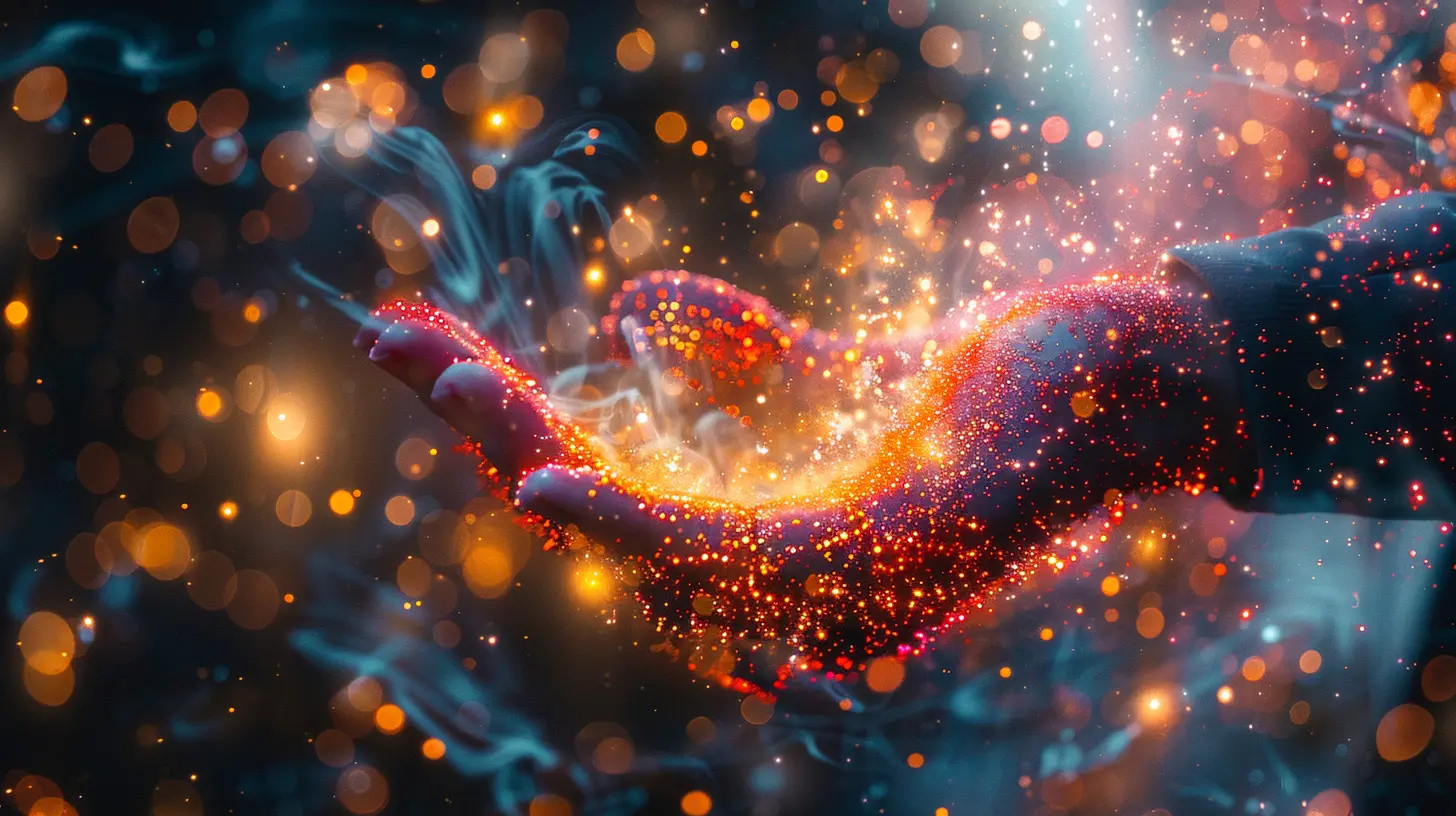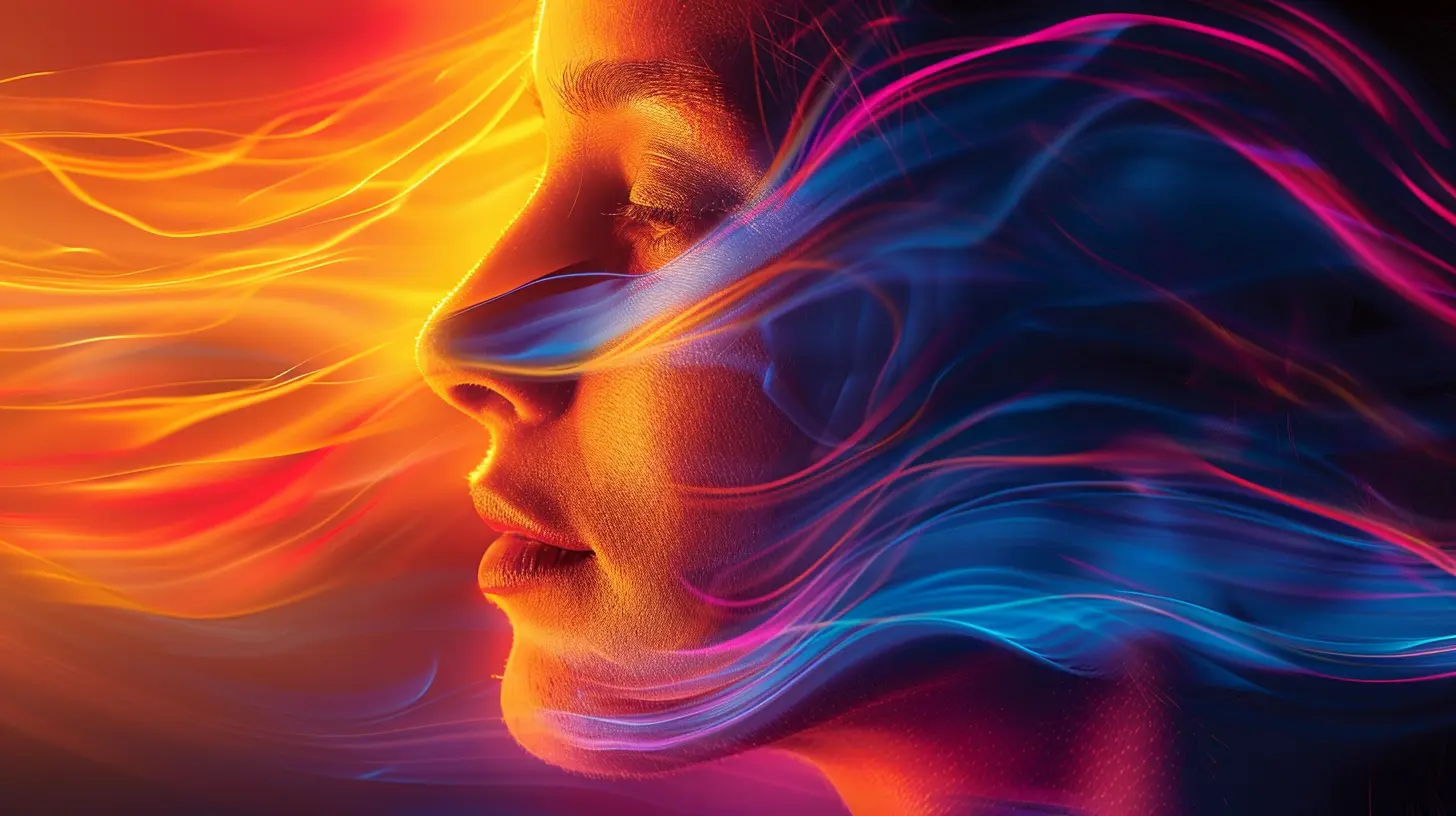The Science of Flow: Tapping Into Your Optimal Experience
7 June 2025
Have you ever been so engrossed in something that time seemed to disappear? Maybe you were painting, writing, playing music, or even working on a challenging project—and suddenly, hours flew by in what felt like minutes. That mental state you tapped into is called “flow.” It’s the sweet spot where performance peaks, distractions vanish, and you feel amazing doing it.
But what exactly is flow? Is it just being "in the zone"? Or is there more to it?
In this article, we’re diving deep into the science of flow—what it is, how it works, why it matters, and most importantly, how you can tap into it to boost your performance and satisfaction in everyday life.
What Is Flow, Really?
Flow is a psychological state coined by Mihaly Csikszentmihalyi (don’t worry, we’ll just call him “Mihaly” from now on). He was fascinated by the intense focus and joy people experienced when they were fully absorbed in an activity.He called this optimal state of consciousness “flow” because people often described the experience as something they were being carried away by, like a river.
In flow, your brain and body work in perfect harmony. You're fully present; your skills match the challenge; you're not worried about the past or the future, just locked into what you’re doing.
The Key Characteristics of Flow
Let’s break down what defines a flow experience:1. Intense Focus: Your attention is laser-sharp. It’s just you and the task.
2. Loss of Self-Consciousness: You stop worrying about how you look, sound, or feel. It’s all about the moment.
3. Distorted Sense of Time: Time flies or, sometimes, it slows down.
4. Clear Goals: You know exactly what you're trying to achieve—whether it's finishing a painting or solving a code problem.
5. Immediate Feedback: You know whether you're doing well or need to adjust—think of a basketball player feeling their shots hit or miss.
6. Balance Between Challenge and Skill: The task is tough but doable. You’re not overwhelmed, and you’re not bored.
This sweet spot—the balance between challenge and skill—is life-changing once you get the hang of it.
The Science Behind the Flow State
Flow isn't just a “feel-good” concept. There's actual brain science going on behind the scenes.Neurochemicals at Play
When you're in flow, your brain dumps a powerful cocktail of neurochemicals:- Dopamine: Boosts attention and motivation
- Norepinephrine: Sharpens focus
- Endorphins: Kill pain, make you feel invincible
- Anandamide: Enhances lateral thinking and increases creativity
- Serotonin: Kicks in after flow, leading to that “after-glow” happiness
These chemicals don’t just make flow feel good—they boost cognitive performance in crazy ways.
Brainwaves in Flow
Scientists have found that in flow, your brain mostly operates in the theta and alpha wave range—similar to when you're meditating or in REM sleep. It’s a calm but alert state—a turbocharged version of mindfulness, if you will.
Why Flow Matters More Than Ever
We live in a world full of distractions. Notifications, stress, multitasking... We’re constantly pulled in a million directions.Flow cuts through all that noise.
It’s not just about being productive—it’s about feeling alive. When you're in flow, you're performing at your best and loving every second of it. It fuels creativity, passion, and even happiness.
Research shows that people who regularly enter flow report:
- Higher satisfaction in life
- Greater creativity
- Better work performance
- Increased emotional resilience
So yeah, it’s kind of a big deal.
How to Cultivate Flow in Your Daily Life
Okay, here’s the part you’ve been waiting for—how the heck do we get into flow more often?1. Find the Right Activity
Flow doesn’t just happen with any task. You need something meaningful or enjoyable. Think sports, writing, coding, painting, playing an instrument, or even a fun work project.Ask yourself:
- Does this challenge me?
- Do I care about doing it well?
- Will doing this make me lose track of time?
If the answer is yes to all three, you’re on the right track.
2. Set Clear Goals
Ever tried doing something with no clear direction? It's frustrating, right?Flow requires clarity. Know what you're trying to achieve, not just how you're doing it.
For example:
Writing a blog post? Your goal might be to complete the first draft in two hours.
Playing a game? Beat the level without losing a life.
Clear goals give your brain a roadmap to follow.
3. Remove Distractions
Flow is all about focus.Turn off your phone. Close extra tabs. Let people know not to disturb you. Create a "flow-friendly" environment—quiet, controlled, and clutter-free.
Remember, distraction is the enemy of flow.
4. Adjust the Challenge-to-Skill Ratio
This one’s crucial. If something’s too easy, you’ll get bored. Too hard, you’ll get anxious.Find tasks that push your limits just enough. Over time, as your skills improve, you'll need to level up the challenge too.
That’s the sweet spot.
5. Use Routines & Triggers
Ever notice elite athletes or performers have pre-game rituals? That’s not just superstition—they’re building a mental on-ramp to flow.Try this:
- Work at the same place and time daily
- Listen to a specific playlist
- Do breathing exercises before starting
- Set a timer and say, “Alright, let’s go.”
Eventually, these routines signal your brain: it’s flow time.
6. Embrace Deep Work
Flow thrives in deep, uninterrupted work sessions.Author Cal Newport popularized the idea of “deep work”—focused, distraction-free stretches where you give 100% attention to one cognitively demanding task.
If you can master deep work, you’ll master flow.
Flow in Different Areas of Life
Flow isn’t just for artists, athletes, or creatives. You can find flow in almost any aspect of life. Let's break it down:Flow at Work
Ever get so wrapped up in solving a problem that you forget to eat lunch? That’s flow at work.Jobs that allow for autonomy, mastery, and clear goals are ripe for flow. If your current job lacks these, try carving out tasks that give you control and stretch your abilities.
Flow in Sports
Athletes often refer to it as being "in the zone." During flow, decisions feel effortless, reactions are lightning-fast, and performance soars.Many elite athletes design their training specifically to induce flow over and over again—so they can replicate it during competition.
Flow in Art and Creativity
Writers, painters, designers—you name it. Creative tasks are natural breeding grounds for flow… if you structure them right.Clear goals, limited distractions, and the right challenge level = artistic flow.
Flow in Daily Life
You can even find flow in simple things like cooking, gardening, dancing, or playing with your dog. The key? Presence, purpose, and passion.The Dark Side of Flow (Yep, It Exists)
Alright, let’s be real for a second.Flow isn't always sunshine and productivity. There’s a flip side.
Because flow feels so good, we can get addicted to it. Gaming, extreme sports, even risky behaviors can become compulsive because they create intense flow states.
Some people even use high-stress environments (like crisis or chaos) to trigger flow—and that’s not sustainable in the long run.
So, the goal is to use flow responsibly—as a tool for growth, not just escape.
Flow and Happiness: The Ultimate Combo
Mihaly (remember him?) discovered something powerful. He found that people who frequently experience flow report higher life satisfaction than those chasing passive pleasure.Think about it: true happiness doesn’t come from binge-watching TV or scrolling Instagram for three hours. It comes from moments where you're fully alive—engaged, challenged, and creating something with purpose.
Flow IS happiness in action.
Final Thoughts: Mastering the Art of Flow
Flow is like a muscle. The more you practice entering it, the easier it gets.So start small. Pick one activity you love. Structure it for focus. Eliminate distractions. Push yourself just past your comfort zone. And then? Let go.
You’ll be amazed at what you can accomplish—and how good it feels doing it.
After all, your best self isn’t waiting somewhere in the future. It’s hidden in your next flow moment, just waiting for you to tap in.
all images in this post were generated using AI tools
Category:
Positive PsychologyAuthor:

Ember Forbes
Discussion
rate this article
2 comments
Rune McGlynn
This article beautifully captures the essence of flow! It’s so relatable to find those moments where time disappears—absolutely magical and inspiring!
June 13, 2025 at 4:20 AM

Ember Forbes
Thank you for your kind words! I'm thrilled to hear that you found it relatable and inspiring. Flow truly is a magical experience!
Lillian Franklin
In the dance of mind and time, Flow sweeps us into realms sublime. Where focus sharpens, distractions fade, A symphony of joy is played— Unlock your essence, let passion cascade.
June 9, 2025 at 3:58 AM

Ember Forbes
Thank you! You've beautifully captured the essence of flow and its transformative power.


